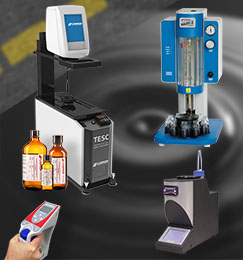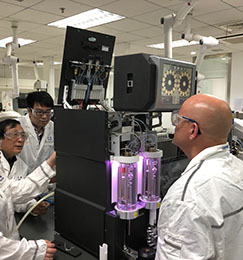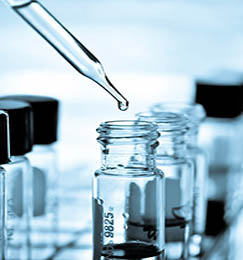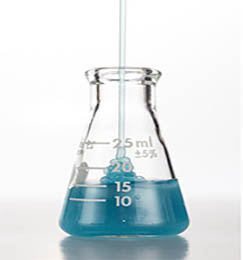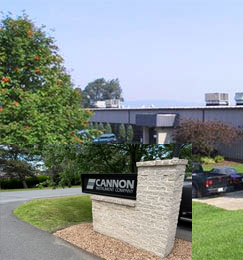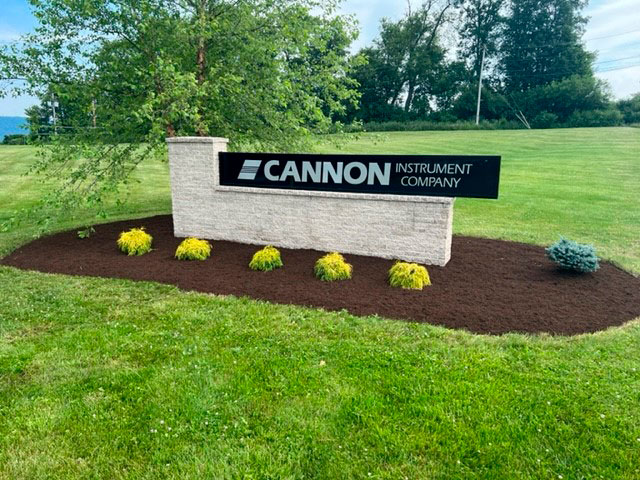About Cannon
Cannon Instrument Company has earned international acclaim for the quality of its viscosity-related products and services since its founding in 1938 by scientist, inventor, and educator Dr. Michael R. Cannon. The company's longstanding emphasis on production of premier-quality test equipment has kept CANNON at the cutting-edge of research and development.
Located in beautiful Central Pennsylvania, we are minutes from Penn State University and conveniently across the street from University Park Airport. With exceptional views of rolling mountains from our outdoor patio, we are pleased to see our company growing and thriving in this wonderful community.
We are available Monday through Friday from 8 a.m. to 5 p.m. (EST) via phone or email:
Toll Free: 800-676-6232 | Phone: 814-353-8000 | Email: sales@cannoninstrument.com | CANNON Sales Team
HISTORY
In the 1930’s, two Penn State University Chemical Engineering professors, Dr. Michael Cannon and Dr. Walter Fenske, began work on a research project characterizing the physical properties of petroleum products.
They measured kinematic viscosity using the Ostwald manual glass viscometer, the common viscometer for the time. However, they struggled with measurement errors associated with the viscometer. The professors discovered that a slight tilt of the viscometer within the constant temperature bath affected the accuracy of the viscosity measurement, an issue stemming from the out-flow reservoir (larger viscometer bulb) being in a different vertical plane as the timing bulb (smaller viscometer bulb).
Dr. Cannon and Dr. Fenske theorized that they could resolve this issue by bending the viscometer. So Dr. Cannon asked Penn State’s glass shop, which made scientific glassware for the university’s chemistry department, to bend several Ostwald Viscometers into a geometry that he believed would eliminate the vertical alignment problems. After some trial and error in his university laboratory, Dr. Cannon created a prototype viscometer that provided the desired results. This new viscometer geometry later became known as the Cannon-Fenske Routine Viscometer.
They did not realize it at the time, but the Cannon-Fenske Routine Viscometer would revolutionize kinematic viscosity measurement and eventually lead to not only a company, but an entire industry. The Cannon-Fenske Routine Viscometer has since become the most widely used manual glass viscometer in the world.


